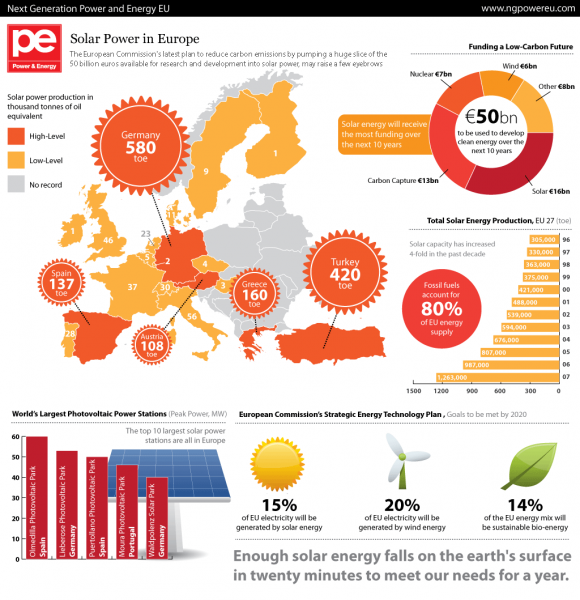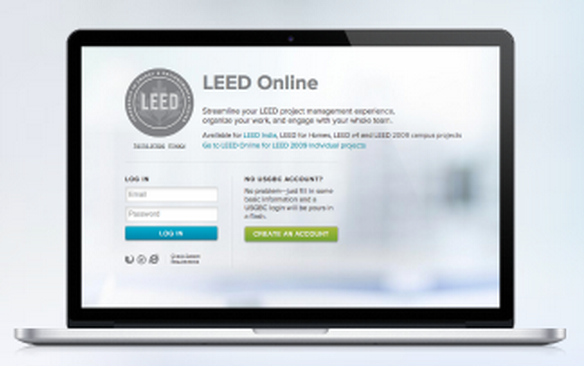No products in the cart.
CalGreen and LEED: Battle of the Green Building Standards
California’s green building code standard, called CalGreen, is interesting and perhaps a bit innovative in that it attempts to be both standard building code (a good thing) and a marketable green building rating system (like LEED). What’s odd is that building code usually sets the floor or the minimum standards. Because every home or building has to meet code, you don’t see builders advertising, “Buy our home, we meet code!”
When CalGreen was released , many organizations (including the USGBC and San Francisco-based Build It Green) criticized it on two fronts. First, they challenged the integrity of the CalGreen effort – would it really have an impact on building standards, or would it be greenwashing? Second, they challenged the building code’s attempt to be a builder marketing tool.
 On the integrity question, green building standards will ultimately have to integrate into the building code. It’s a natural progression, and it’s ultimately where the biggest impact on our built environment is to be had. There are legitimate concerns about the ability of building inspectors and city officials to handle inspections, reviews, etc. The answer to that problem is not abandon the existing and successful enforcement infrastructure. As buildings become more complex, code officials and inspectors will need to be better educated and, ultimately, specialize further within their skill sets. Instead of opposing CalGreen, the USGBC and others have started to encourage independent third-party testing and research into the effectiveness of existing building codes, LEED, CalGreen, Build It Green, and more. That research has driven best practices.
On the integrity question, green building standards will ultimately have to integrate into the building code. It’s a natural progression, and it’s ultimately where the biggest impact on our built environment is to be had. There are legitimate concerns about the ability of building inspectors and city officials to handle inspections, reviews, etc. The answer to that problem is not abandon the existing and successful enforcement infrastructure. As buildings become more complex, code officials and inspectors will need to be better educated and, ultimately, specialize further within their skill sets. Instead of opposing CalGreen, the USGBC and others have started to encourage independent third-party testing and research into the effectiveness of existing building codes, LEED, CalGreen, Build It Green, and more. That research has driven best practices.
On the marketing front, the USGBC and Build It Green have legitimate concerns. However, I would think that the state’s real desire is to advance their own marketing credentials. California prides itself on being at the forefront of environmental issues, and CalGreen is a way to give their leadership position a brand name. The problem with that effort is likely to be the dilution of the existing national standards and additional confusion in the minds of consumers. The really advanced consumer will still seek LEED and Build It Green, but the average off-the-street consumer already has a hard time knowing what is truly green from the 50+ standards that exist on a regional and city level.
As for the USGBC, it has to decide what it wants to be. Does it want to be the Coach purse of standards where every woman covets one but few can afford it (what LEED has historically been), or does it want to be more like Walmart and McDonald’s (everywhere) – it’s hard to be both. Something widespread and widely available loses its coveted status because everybody has one. In fact, the central challenge to LEED’s highly coveted status is its growth and widespread adoption. Now that the federal government and many states are mandating LEED on ALL constructions, LEED is becoming a lot less special. In fact, builders are already bemoaning the difficulty in getting press attention for “yet another LEED building.” So the question is whether there is room in the world for CalGreen and LEED to exist. CalGreen would be everywhere like McDonald’s, while LEED would be the equivalent of a high-end steak restaurant?
CalGreen and LEED: Where Are They Now?
As of the writing of this post (2010), much has happened! We’ve published a new blog (2017) that looks at exactly how CalGreen and LEED have been working together. Keep reading more about California green building here!





